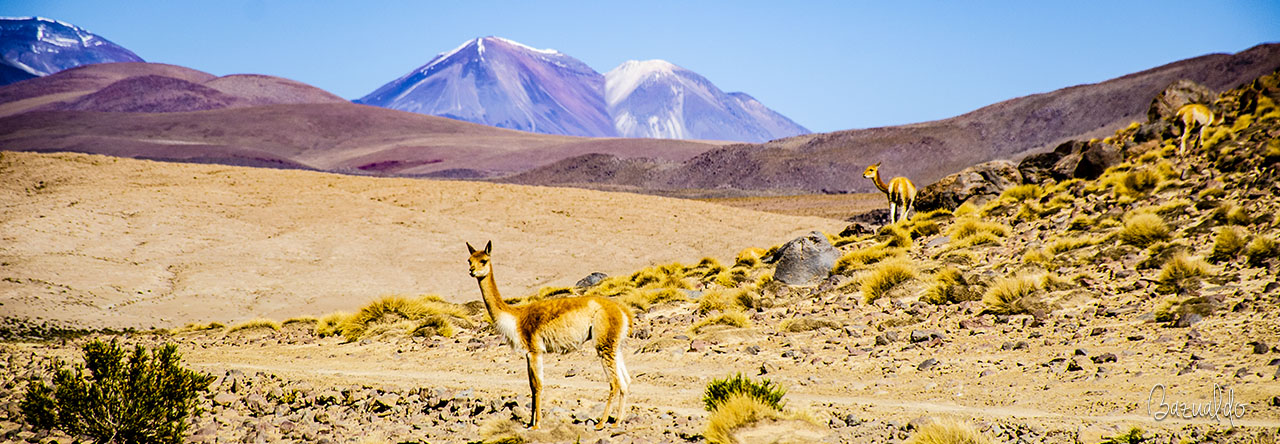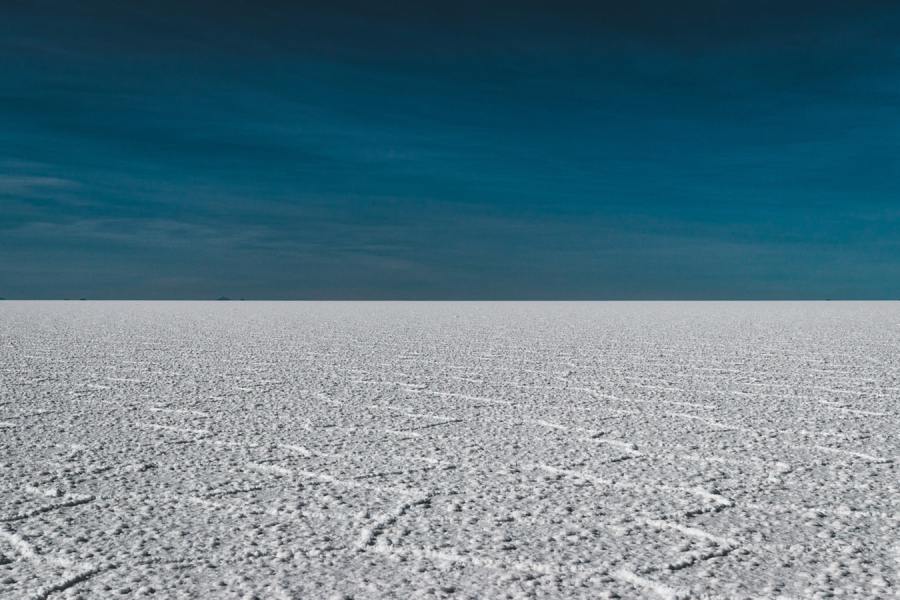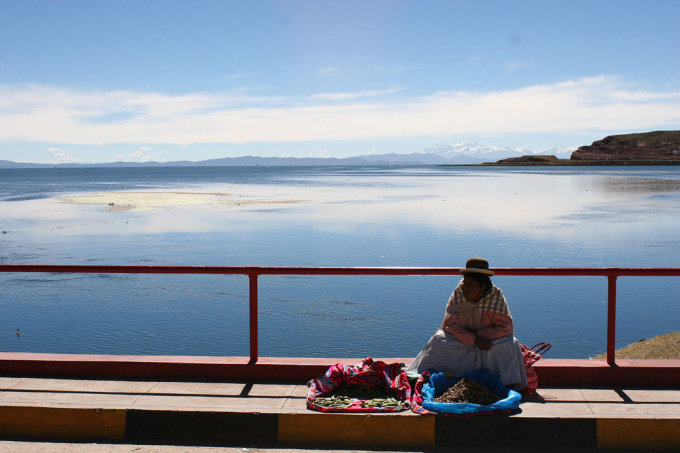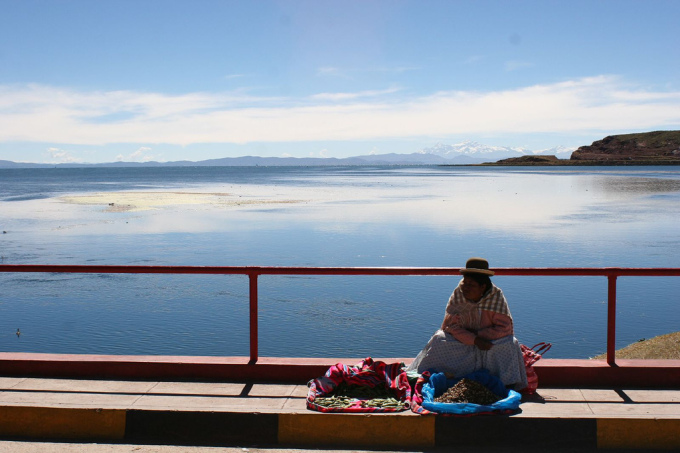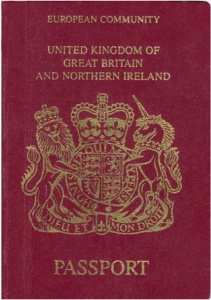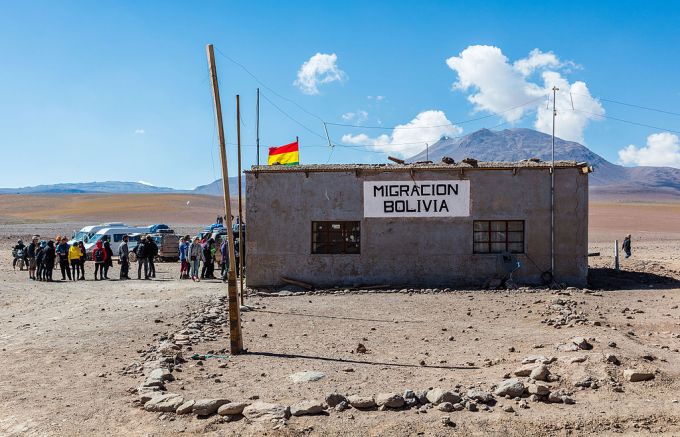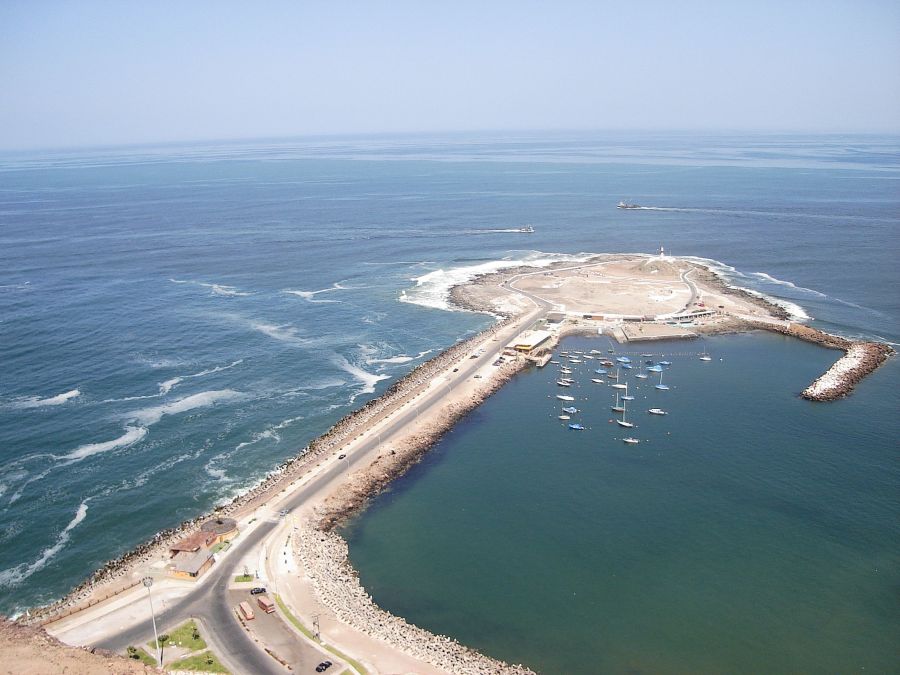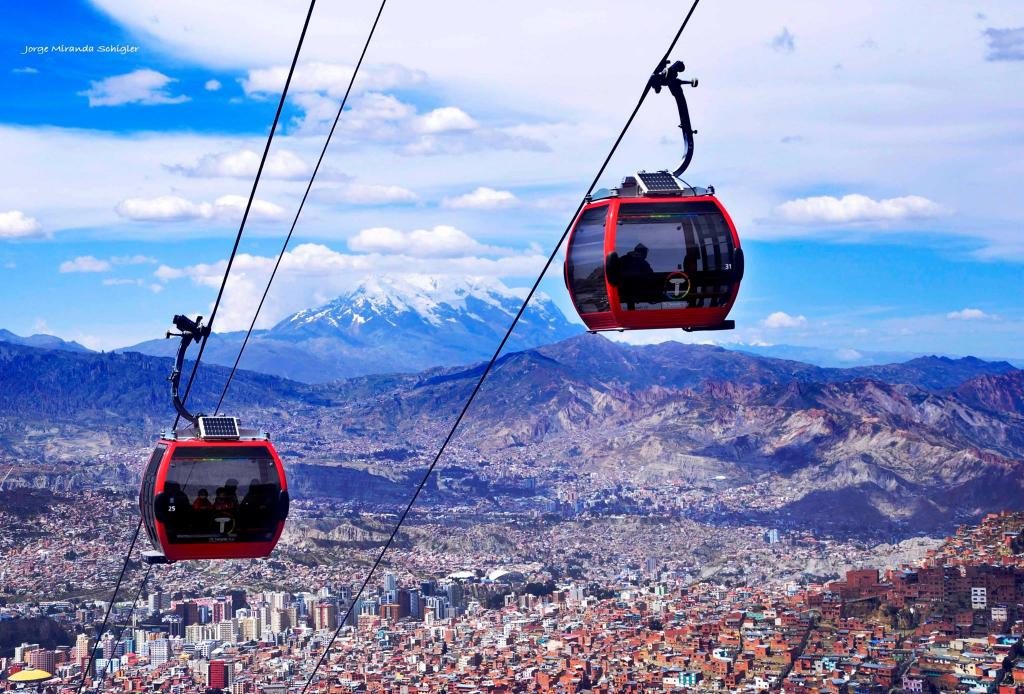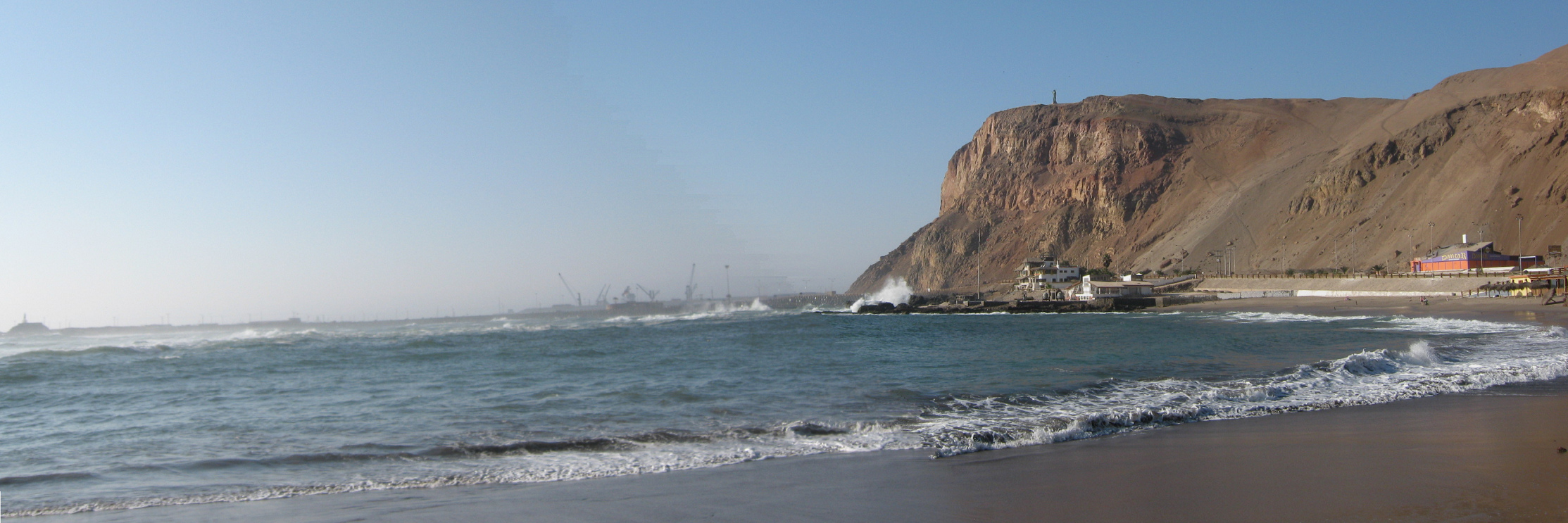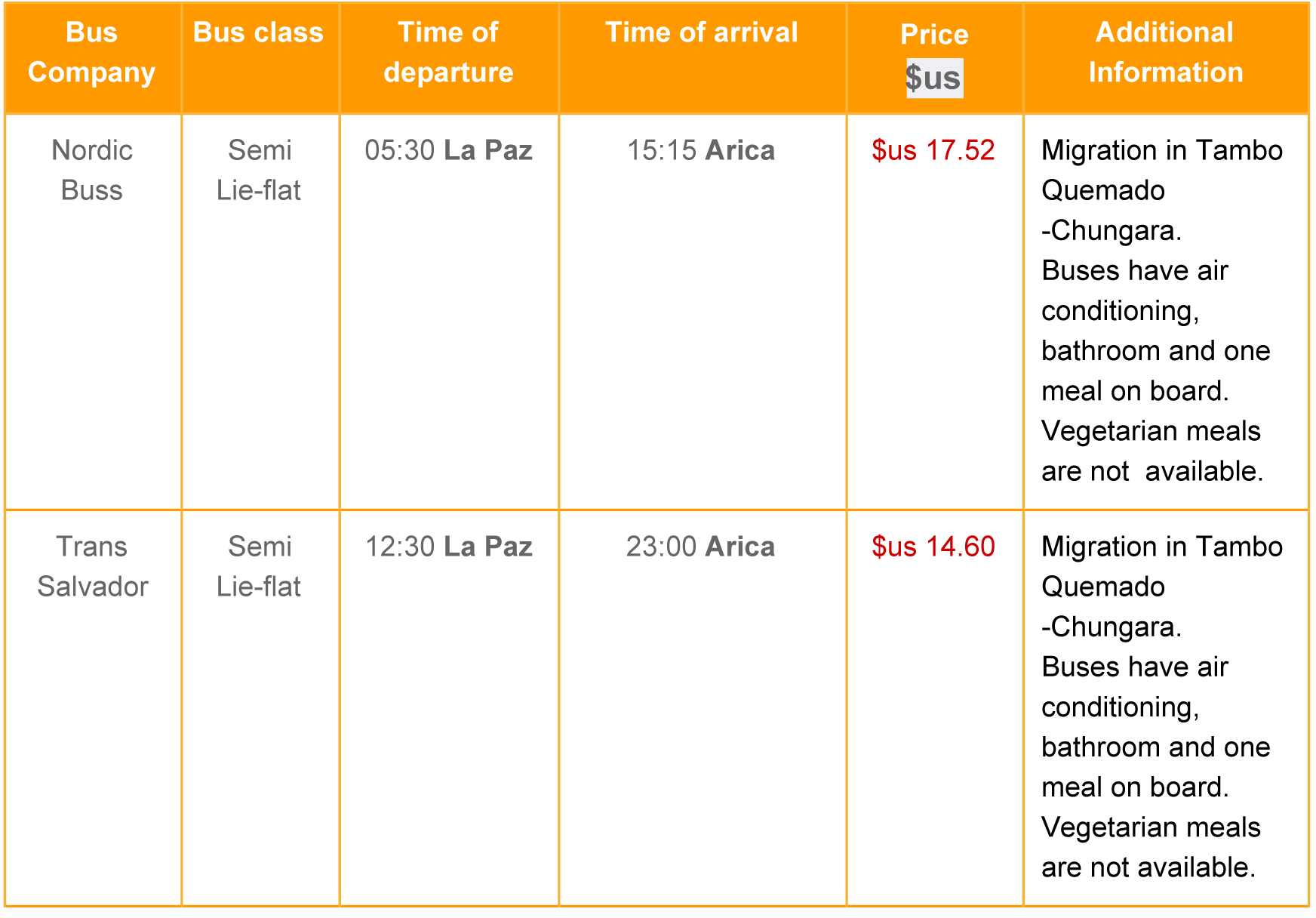Travel from San Pedro de Atacama to Uyuni by bus
Getting from San Pedro de Atacama to Uyuni by bus takes around 14 hours. The distance between both cities is 520km. There are buses that leave the station everyday at 3am and 9:45am and arrive to Uyuni at 3pm and 8pm.
Here you will find a complete guide to:
- Book your transport to Uyuni
- What to do after your arrival?
- Plan a salt flat tour
- Other useful information
San Pedro de Atacama is a Chilean town located at the edge of the Salar de Atacama. An increasing number of tourists are interested in visiting the native ruins nearby, trekking, climbling and even sand boarding in the desert. But because of its altitude (2.400m), a brief period of acclimatization may be required.

On the other hand, Uyuni is a must visit destination if you are traveling through South America. It’s a Bolivian city which serves primarily as a gateway for tourists traveling to the wolrd’s largest salt flats. The Salar of Uyuni has an elevation of 3656 meters above sea level and a surface of 10.582 square kilometers.


1. Book your bus from San Pedro de Atacama to Uyuni
Through Tickets Bolivia you can book your trip from San Pedro de Atacama to Uyuni by bus with trustworthy and reliable companies that offer clients good quality services. Cruz del Norte and Trans Salvador work on this route. Their schedules are the following:
| Company | Bus class | Route | Time of departure and arrival | Price in US Dollars |
| Cruz del Norte | Semi lie-flat | Direct service | 03:00 / 16:30 | $32.12 |
| Trans Salvador | Semi lie-flat | Direct service | 09:45 / 22:00 | $28.91 |
| Cruz del Norte | Semi lie-flat | Direct service | 10:30 / 21:00 | $32.12 |
Tips during the journey
- Buses from San Pedro de Atacama to Uyuni stop in Calama. Calama is 100 kilometers from Uyuni and it takes about 1:30 hours to do the journey by bus.
- These companies don’t offer food or refreshment during the trip. Sometimes they will take sellers on board offering drinks or food, this is a common custom for buses in Bolivia. Sometimes they will also stop to pick passengers or packages along the way.
- Buses should come with heating and blankets as the journey gets cold at night on the altiplano but it is better to always come prepared. It will also be very cold (whatever the time of year) when arriving in Uyuni at 5:30-6:00 so better have warm layers.
- The buses that travel during the day will do a stop in Calama, while the night bus will go through this town, located on the border between Ollague and Avaroa.
These are the Cruz del Norte semi lie-flat bus.

This is the Trans Salvador semi lie-flat bus.

2. What to do after your arrival?
Buses arrive in the afternoon around 16:30 or at night around 21:00-22:00. Passengers who arrive earlier will have time to charge their phones, eat something and buy whatever is needed before the tour, or book a tour if they haven’t done it. Agencies open at around 7:00 and tours leave at around 10:00. Until then there are options of coffee shops with Wi-Fi and hot drinks/food open from 5:00 to accommodate early arrivals.
Here are some good food options if you are in Uyuni and are looking for a place to eat while you wait for your next bus/train/flight:
Breakfast Nonis: Opens early in the morning so you can go straight here after the long bus ride and warm with a hot drink and some simple food. The WiFi works well and there are plugs to charge your phone.
Minuteman Revolutionary Pizza: Located inside a hotel in the center of Uyuni, this pizza place is the perfect stop after your tour while waiting for your bus. It has a good selection of pizzas which also happen to be very good.
Lliphi: This is another very good option to wait during the afternoon. This restaurant/cafe-bistro has food, music, drinks and board games which will keep you occupied while you wait.
Tika: A more upscale option, this restaurant has a nice atmosphere and good-quality dishes.
Extreme Fun Pub: Like its name, this is a fun place meet fellow travelers if you happen to spend the night in Uyuni and are looking for a party and good drinks.
3. Plan a salt flat tour in Uyuni
Tours can be booked online, in La Paz or directly in Uyuni when arriving in the morning. When in Uyuni, from as early as 5:00, tour agents will come forward trying to sell you a tour. It’s best to have an idea of which tour agencies you want to go to and go there directly to inquire for availability and prices.
But first, should you book your tour in advance? You can book your tour online or in La Paz or any travel agency in the country. If you want to have your trip planned and not worry about it, it is the best option. It is also recommended to book ahead if traveling in a large group. (Cars can carry up to 6 passengers – not including the driver). If you are travelling solo or with one other person, you can easily find space directly in Uyuni as agencies will be trying to fill their cars and bargain the prices due to the high competition.
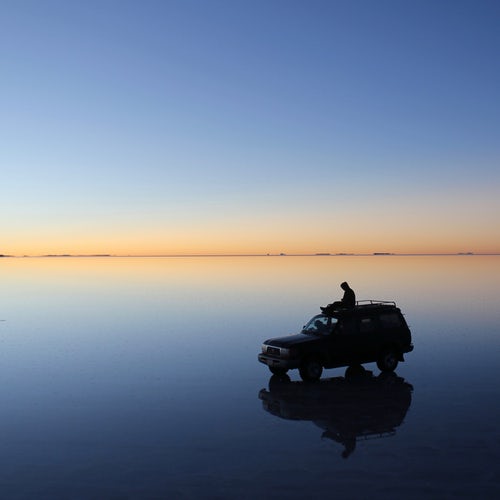
In the case that you haven’t booked a tour yet, there are over 100 tour agencies and it can be overwhelming to have to choose between all the choices. Here are some tips to help you choose which company to travel with in Uyuni:
- Do some research about the tour agencies online, TripAdvisor is a reliable source of information as well as other traveler’s forums. When you have found some options go around and check for prices, tour descriptions and availability, compare the different operators before making a decision. If you are in Uyuni, tours will leave around 10:00 so there is plenty of time to choose. Don’t feel rushed to decide on the spot.
- The average price for a shared 3-day tour with a Spanish-speaking driver is about 750-800 bolivianos (115 US$). It is not recommended to go for a cheaper option as this could mean unsafe travel conditions. If you are paying for a more expensive tour make sure to know what are the added extras (usually English-speaking driver and private rooms). Paying more could just mean slightly better food and a bottle of wine in the evening so make sure to know exactly what you are paying for and decide if it’s worth it.
- You will need to have water, good sunglasses, a hat, warm clothing, a sleeping bag which can usually be rented with your tour agent.
- Car can carry 7 people maximum (including the driver). Do not pick a tour agency that says otherwise and who is willing take more people.
- Bring cash with you as ATMs don’t always work in Uyuni and there is no place to exchange money. Tour agencies will accept US dollars and Bolivianos but the exchange rate may not be as good as in La Paz.
There are about 4 different options for your Uyuni tour.
1 – One-day tour
First, and a very popular option is the one-day tour that can come with variations depending on the season with sunrise or sunset and even stargazing options. I would recommend this option only if your time/budget is limited and you absolutely have no other option. Tours will start at around 10:00 in the morning and return right after sunset. Most tours will take you to the train cemetery, Colchani, and then head to the salar for lunch. The afternoon is dedicated to taking the traditional fun pictures and a visit to the Tunupa volcano where there are good viewpoints and archaeological sites to explore.
2 – Three-day tour
The most popular option is the three-day tour. The tours follow the same route with small variations. On the first day you will go to the salt flats and spend most of the afternoon there before heading to your accommodation right after sunset. The first night is spent in a salt hostel at the edge of the salar with amenities varying depending on the tour booked.
The second is a lot of driving towards the National Reserve Eduardo Abaroa, you will see active volcanoes, lagoons and beautiful landscapes. The highlight of that day is the Laguna Colorada where tours stop the longest. This is usually the last stop of the day and accommodation the second is usually more rustic and at an higher altitude (around 4.700 meters above sea level) making it the coldest night of the trip.

On the third day you will most likely head before down to the geysers and then go to the hot springs where you can bathe, have breakfast and rest before the last stop of the tour. At Laguna Verde located very near the border with Chile the groups split; those wanting to continue to Chile will cross the border and the others will return to Uyuni. The rest of the day is mostly drive with stops for lunch and special sights. The cars take a different route to go back. Tours return to Uyuni at around 16:30-17:00.
3 – Two-day and four-day tours
These options are not always offered by agencies as a shared tour. If you are traveling in a group of 6, you can easily arrange a private tour and select what you want to see and do.
If you can’t afford a private tour, some companies do offer these as shared tours. You can find some of these options here. If you are interested in these options it is better to do some research beforehand and book it before getting to Uyuni as you may not be able to find what you want on the day.
Also please note that there are 4-day tours from Tupiza (instead of Uyuni) which are also a good alternative for those who want a slightly different and more complete experience. These tours are slightly more expensive since they can only accommodate groups of 5 per car. The tour comes with a driver/guide and a cook. Also because they are less popular, fewer agencies operate them but they are of generally good quality. They also have the advantage to hit all the touristic stops at a different time than the tours coming from Uyuni or San Pedro de Atacama, which means that you can enjoy them with significantly less people.
4. Other useful information
- The high season is in December-January and July-August. Prices can be higher due to the high affluence of tourists during these months.
- Temperatures get really cold during the tour, especially if you do the 3-day tour on the second night. July and August are winter month and temperatures can drop to -20°C or -4°F. Tours can rent you a sleeping bag but bring warm layers.
- You will be affected by the altitude, especially for those who recently arrived in Bolivia and didn’t adjust properly. On the second and third day, tours go up to 5,000 meters above sea level. This affects the body on different levels, starting with headaches and trouble digesting. It is all completely normal but to avoid getting sick during the tour it is recommended to eat light, drink a lot and avoid alcohol.
- Bring protection from the sun, sunglasses are indispensable but also protect your head and skin.
- Five liters of water are recommended per person for a three-day tour.
- You can start the tour from Uyuni, Tupiza or San Pedro de Atacama. Tours from San Pedro de Atacama follow the same itinerary as the tours from Uyuni, except in the reverse order: the last day is spent on the salt flats and transfer is possible to Uyuni.
- During the rainy season (November to April/May), parts of the salt flats can be flooded causing changes to the itinerary as it is impossible to access some sites. However, the rainy season has the advantage to have the mirror effect happen where the sky reflects on the inundated white surface.

If you are traveling from San Pedro de Atacama to Uyuni by bus, you can find the information bus schedules here. Buses have day and night departures.
We hope the information is useful. Check our other travel guides for Bolivia. If you have any doubts and want advice regarding your travel plans, feel free to contact us at info@ticketsbolivia.com.
